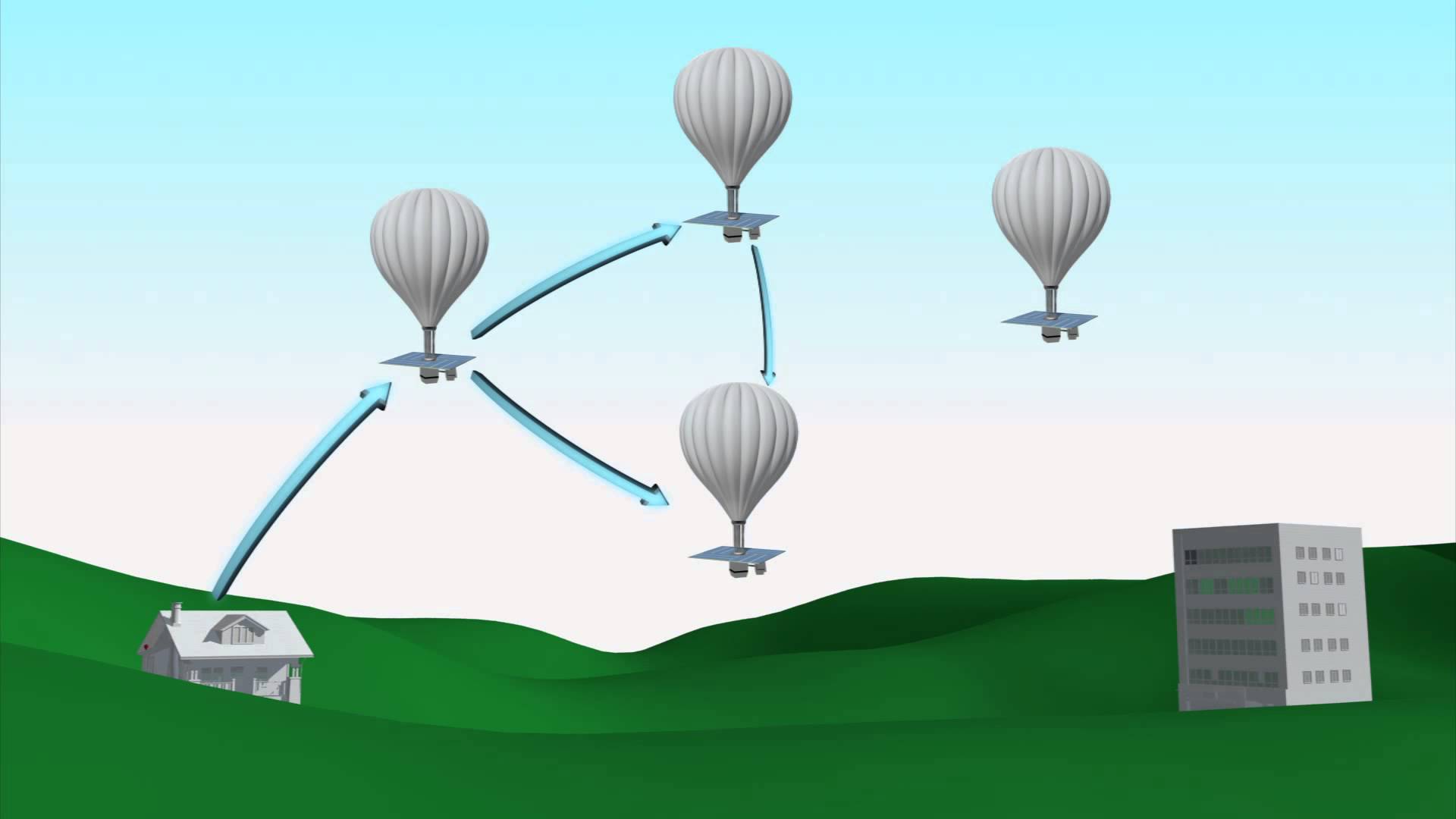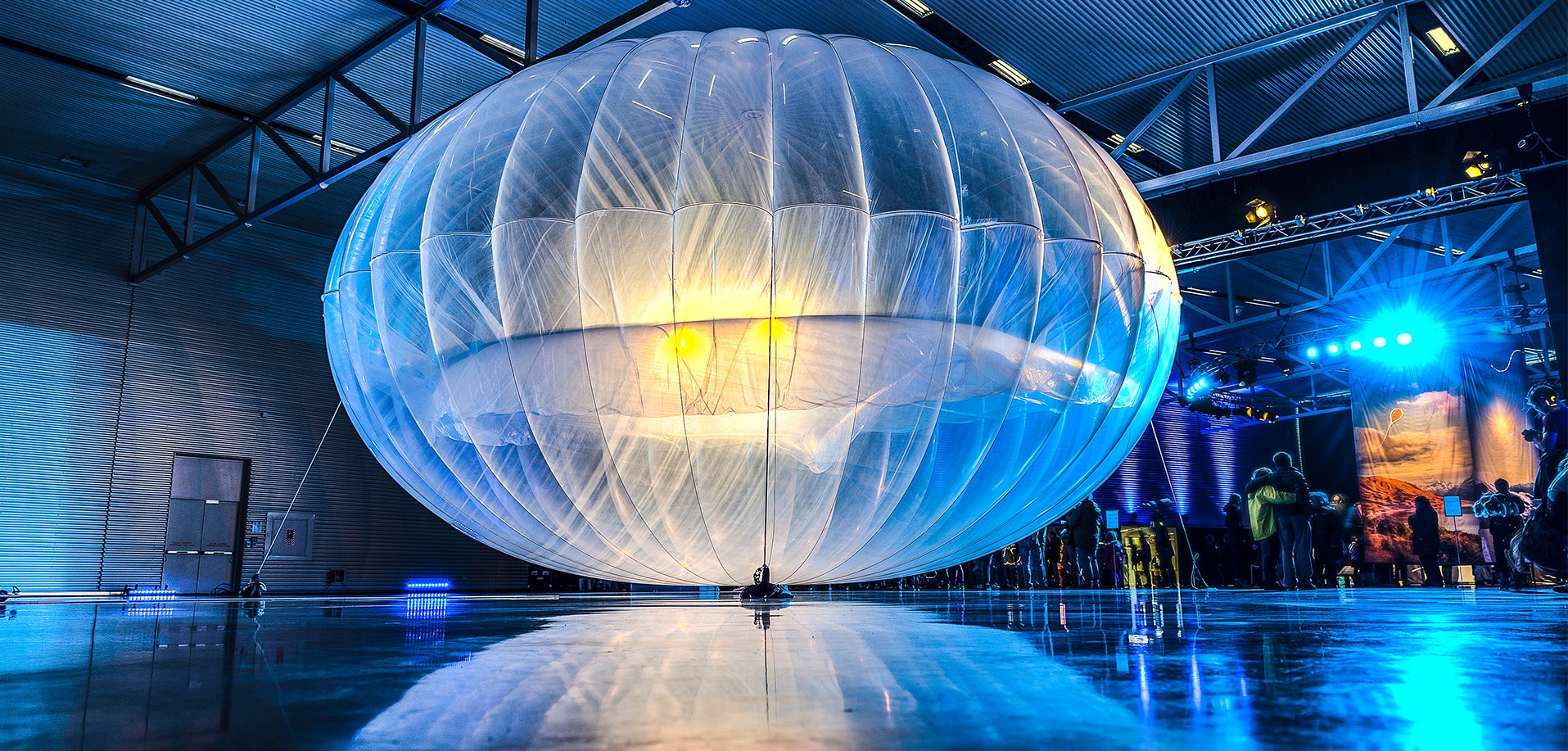




The Google’s highly anticipated balloon-powered high-speed Internet service known as “Project Loon” began its first tests in Sri Lanka, yesterday. The News has been confirmed by the country’s top IT official, Muhunthan Canagey. He said, "One of three balloons that will be used in the trials entered Sri Lankan airspace yesterday, ahead of a planned joint venture with Colombo". He further added, "The first balloon entered our airspace this morning. It was launched from South America and is currently over southern Srilanka".
Project Loon is a research and development project being developed by Google with the mission of providing Internet access to rural and remote areas. The project uses high-altitude balloons placed in the stratosphere at an altitude of about 18 km to create an aerial wireless network with up to 4G-LTE speeds. It was named Project Loon, since Google itself found the very idea of providing internet access to the remaining 5 billion population unprecedented and "crazy".

Muhunthan Canagey said that a Google team was expected later this week to test flight controls, spectrum efficiency and other technical matters. The government announced earlier this month it would take a 25% stake in a joint venture with Google to deliver a high-speed Internet service powered by helium-filled balloons. Sri Lanka is not investing any capital, but will take the stake in return for allocating spectrum for the project. A further 10% of the joint venture would be offered to existing telephone service providers on the island.

The project test promises to extend coverage and cheaper rates for data services, and service providers will be able to access higher speeds and improve the quality of their existing service once the balloon project is up and running. The balloons, once in the stratosphere, will be twice as high as commercial airliners and barely visible to the naked eye. The balloons will have a lifespan of about 180 days, but can be recycled, according to Sri Lankan officials involved in the venture.
Official figures show there are 3.3-Million mobile Internet connections and 630,000 fixed line Internet subscribers among Sri Lanka’s more than 20-Million population. It's noteworthy that Sri Lanka became the first country in South Asia to introduce mobile phones in 1989 and the first to roll out a 3G network in 2004. It was also the first in the region to unveil a 4G network two years ago.